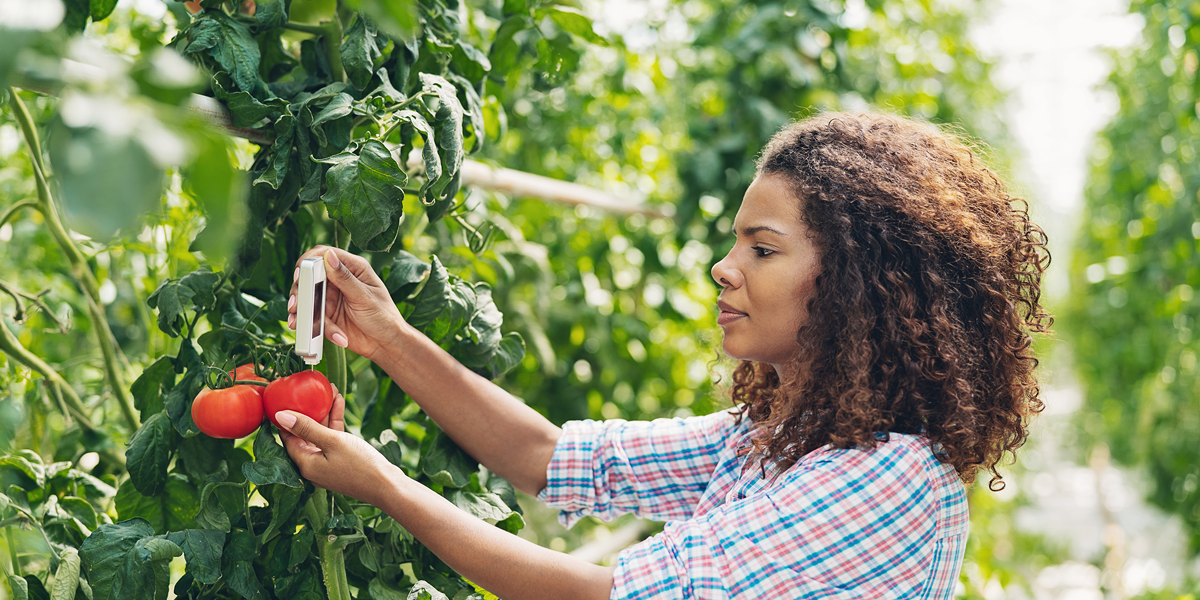Achieving Canada’s aggressive growth targets for agri-food exports, concurrent with making progress on the government’s ambitions for a 30% reduction in methane emissions by 2030, net-zero emissions by 2050, and overall improvements in environmental quality indicators and food security means that more food will need to be produced with a smaller environmental footprint. While this is a tall order it is not impossible. Done right, it can unlock significant opportunity and create new value.
The agriculture and agri-food sector is a cornerstone of the Canadian economy, accounting for 7.4% of GDP and one in eight jobs. In 2018, it generated $59.4 billion worth of export sales, making it the fifth largest exporter of agriculture and agri-food products in the world. Canada’s ambition is to grow these exports to at least $75 billion by 2025.
Can this growth ambition be squared with environmental goals? The sector has a significant impact on water, soil quality, biodiversity and climate. In 2019, agriculture alone contributed to 8% of Canada’s GHG emissions. An estimated 58% of all the food produced in Canada goes uneaten as a result of being lost or wasted across the food value chain. Much of this ends up in landfill where it generates methane and contributes to another 2% of national emissions. At the same time, at least four million Canadians, including 1.15 million children, are food insecure; a figure that does not even include three groups at high risk of food insecurity: people living on First Nations reserves, people in some remote northern areas, and people who are homeless.
The circular economy model presents a vision for meeting the needs of an increasingly populous and wealthy global society within the safe boundaries of key ecological systems and processes. This model has been gaining traction across the globe as a means to build a more sustainable and equitable economy. It is based on three principles: (i) eliminating waste and pollution, (ii) circulating biomaterials and products, and (iii) regenerating natural systems. These principles and their related strategies have much to offer to Canada’s agriculture and agri-food economy.
This report aims to inform future research and policy recommendations to support the transition to a more circular agriculture and agri-food sector in Canada. It synthesizes academic and practitioner literature on the subject, including best practices, benefits, barriers, and policy supports.
Key Findings:
- The circular agriculture and agri-food model intersects with other key agricultural sector approaches, but also has distinct components. Regenerative agriculture is a key pillar of circular agriculture, however circular agriculture and agri-food also includes the processing, distribution and consumption, disposal and recovery of food. Like the bioeconomy, circular agriculture and agri-food uses biological and renewable materials, but further seeks to also prevent, recover, or repurpose waste.
- A circular agriculture and agri-food economy promises economic, environmental, and social benefits:
- Reduced costs of food loss and waste management; increased revenue from utilizing/selling food loss and waste; and increased export-market competitiveness.
- Improved soil quality; reduced water requirements and improved water quality; reduced GHG emissions; and decreased land conversion.
- Improved health outcomes; lower food insecurity; and job creation.
- Transitioning to a more circular agriculture and agri-food economy is a multi-dimensional and complex challenge that will require systemic change including innovations in practices, technologies, products, and business and socio-cultural practices. This starts with smaller-scale practices which can grow into a comprehensive and complementary system overall.
- These practices take different forms in different geographies and contexts. This report identifies over 30 circular agriculture and agri-food practices, categorized into four objectives and 13 strategic approaches:
- Rethinking production and consumption practices: by using sustainable inputs; process optimization; food loss and waste prevention; reduced and alternative material use; and sustainable consumption.
- Intensifying the use of products: by increasing the lifespan of food; and redistributing food for human consumption.
- Extending the life of resources: creating new food, feed, industrial and bio-economy products from food loss and waste; and material recycling.
- Giving resources new life: by nutrient cycling; and energy cycling.
- Circular practices are hampered by many, often mutually reinforcing barriers that must be addressed across supply chains. The presence of these barriers, found in markets, finance, regulation and policy, technology and infrastructure, culture and research, presents the case for strong government intervention to effectively unleash industry initiatives for change.
- A full suite of public policy interventions, across the full innovation chain, is needed to drive a more circular Canadian agriculture and agri-food economy. This includes supporting the development of new ideas through research, competitions and challenges; financial and technical support for the development, commercialization, and demonstration of specific solutions; stimulating market demand through procurement, pricing and regulatory tools; and coordinating the ecosystem of policies, partnerships, institutions, and workforce around a shared vision for greater circularity.



